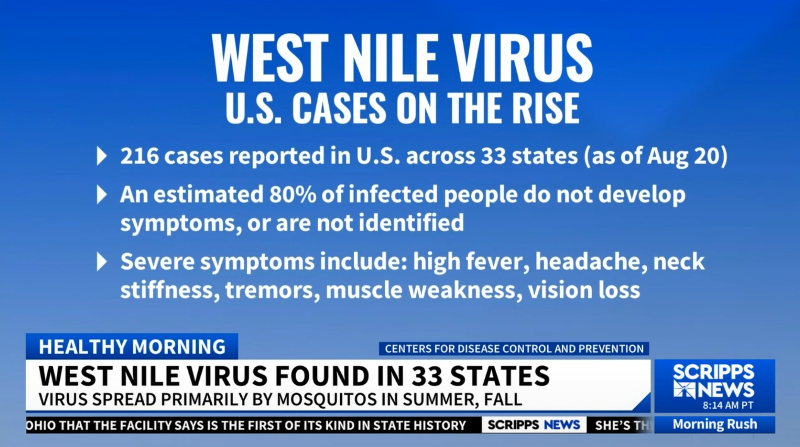by University of Tsukuba
Credit: Kampus Production from Pexels
In Japan, approximately 70% of deaths occur among noncancer patients who often experience more frequent and varied distressing symptoms than patients with cancer. Recognizing the need for high-quality palliative care for this demographic, the World Health Organization (WHO) recommends enhancing global awareness and the provision of palliative care for noncancer patients.
Despite these recommendations, the specific symptoms experienced by noncancer elderly patients have remained largely unexplored. A new study published in the Journal of Primary Care & Community Health aims to elucidate the frequency and evolution of distressing symptoms in noncancer elderly patients receiving home health care over a year.
The findings indicated that many patients experienced poor mobility and weakness from the beginning of receiving home health care, with the issues remaining consistent throughout the year. While a significant number also reported loss of appetite, the symptom tended to decrease after the initial three months of home health care. Interestingly, the study noted that pain and dyspnea, common among patients with cancer, were less prevalent in the noncancer cohort.
Since this study did not examine the effects of medical treatment or the care provided during home visits on symptom progression, the results should not be interpreted as evidence against the efficacy of home-based interventions in alleviating symptoms of distress. Moreover, they highlight the need for medical treatment, care, and support to mitigate the distressing symptoms experienced by noncancer elderly patients at home.
More information: Jun Hamano et al, Unresolved Palliative Care Needs of Elderly Non-Cancer Patients at Home: A Multicenter Prospective Study, Journal of Primary Care & Community Health (2023). DOI: 10.1177/21501319231221431
Provided by University of Tsukuba







Post comments